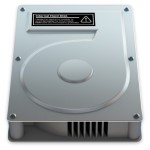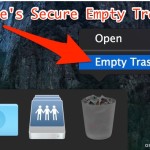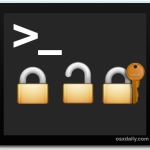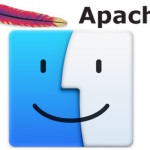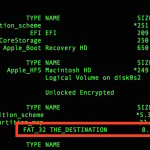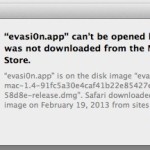How to Flush DNS Cache in OS X El Capitan
If you adjust DNS settings on a Mac and the changes seemingly haven’t taken effect, or perhaps you discover that a given name server address is not resolving as intended, flushing the DNS cache is often a quick resolution. Flushing DNS cache in OS X El Capitan (10.11 or later) is easily possible with a … Read More


